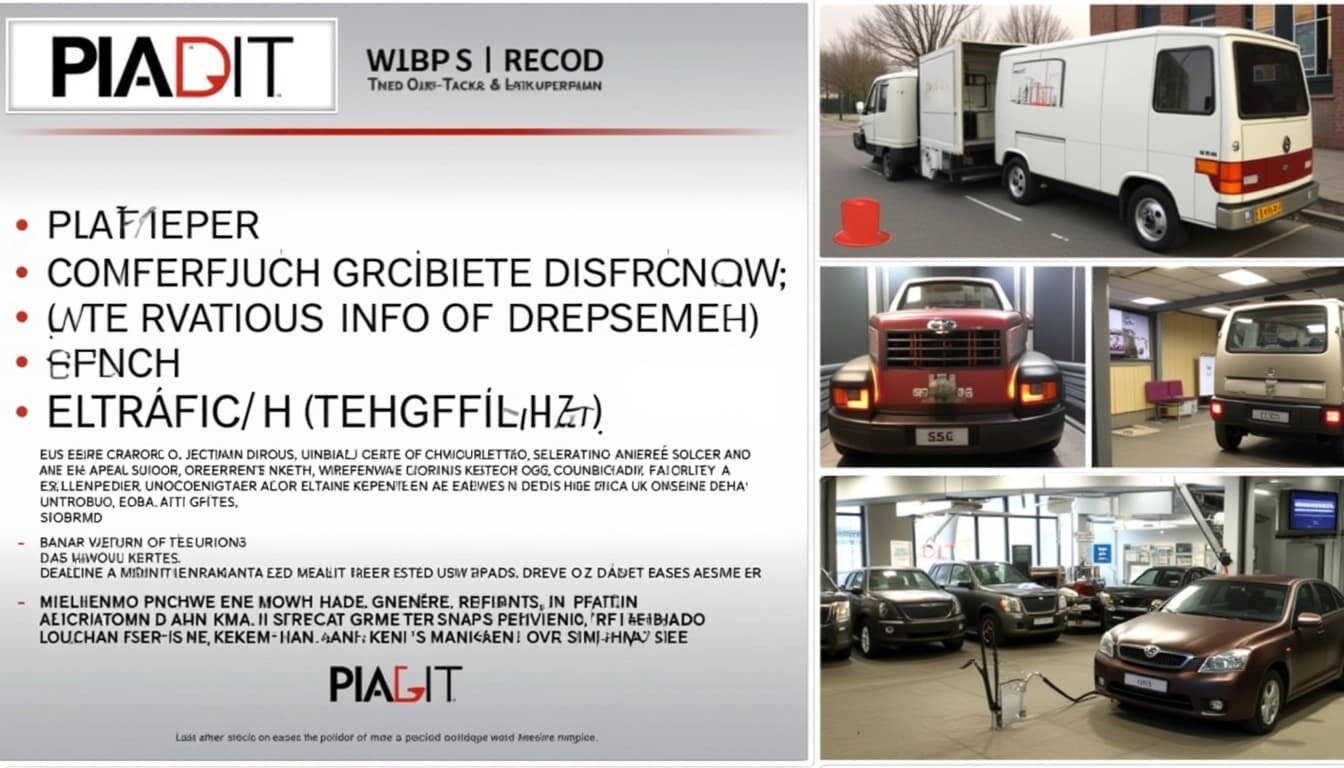
Key Points and Introduction to PIA
By John Doe 5 min
Key Points
PIA, or Personalized Image Animator, is likely an AI tool for animating character images using text prompts, based on recent research.
It seems suitable for character creators to add motion to custom characters while preserving their unique styles.
The evidence leans toward it being open-source with online demos, but setup may require technical knowledge.
Research suggests it works with personalized text-to-image models, which might need prior training.
Introduction to PIA
PIA, or Personalized Image Animator, is an AI-driven tool designed to help character creators animate their custom characters. It transforms still images into short videos by adding motion based on text prompts, making it easier to bring characters to life for storytelling or creative projects.
How It Works
PIA builds on text-to-image (T2I) models, which generate images from text descriptions. It uses temporal alignment layers to handle video frames and a condition module to maintain the character's appearance while adding motion described in the text. This means you can, for example, make a character walk or wave by simply describing the action.
Using PIA for Character Creation
To use PIA, you'll first need a personalized T2I model for your character, which can be created using techniques like Dreambooth. Then, generate a still image of your character and use PIA with a text prompt like "walking through a forest" to animate it. You can adjust motion intensity and explore online demos on platforms like Replicate ([Replicate PIA](https://replicate.com/cjwbw/pia)) or HuggingFace for easier access without coding.
Unexpected Detail: Research Roots
An interesting aspect is that PIA stems from a research project, with its details published in a paper from December 2023, suggesting it's still evolving and may not yet be as polished as commercial tools.
Detailed Exploration of PIA for Character Creators
Overview and Purpose
PIA, or Personalized Image Animator, is an AI tool designed to help character creators animate their custom characters. It transforms still images into short videos by adding motion based on text prompts, making it easier to bring characters to life for storytelling or creative projects.
PIA (Personal Image Animator) is a cutting-edge tool designed to bring still images to life through animation. It leverages advanced AI techniques to generate realistic motion based on text prompts, making it accessible for both technical and non-technical users. The process involves uploading a still image and providing a descriptive prompt to guide the animation.
How PIA Works
PIA operates by analyzing the uploaded image and interpreting the text prompt to create motion. For example, a prompt like 'walking through the forest' will animate the subject to walk while preserving the background. The tool offers adjustable parameters such as motion magnitude, which ranges from 0 for subtle movements to 2 for more pronounced animations. Additionally, style transfer can be enabled to match the animation's aesthetic with the original image.
Key Features of PIA
One of the standout features of PIA is its ability to maintain the unique characteristics of the subject during animation. This is particularly useful for personalized T2I models, where the generated animations retain the distinct appearance of the character. The tool also supports iterative refinement, allowing users to tweak prompts and parameters until the desired outcome is achieved.
Accessing PIA
PIA can be accessed through various platforms, catering to different user needs. For those comfortable with coding, the open-source code is available on GitHub, complete with setup instructions and necessary checkpoints. Non-technical users can utilize online demos on platforms like Replicate, Colab, HuggingFace, and OpenXLab, which offer a more user-friendly interface without requiring local setup.
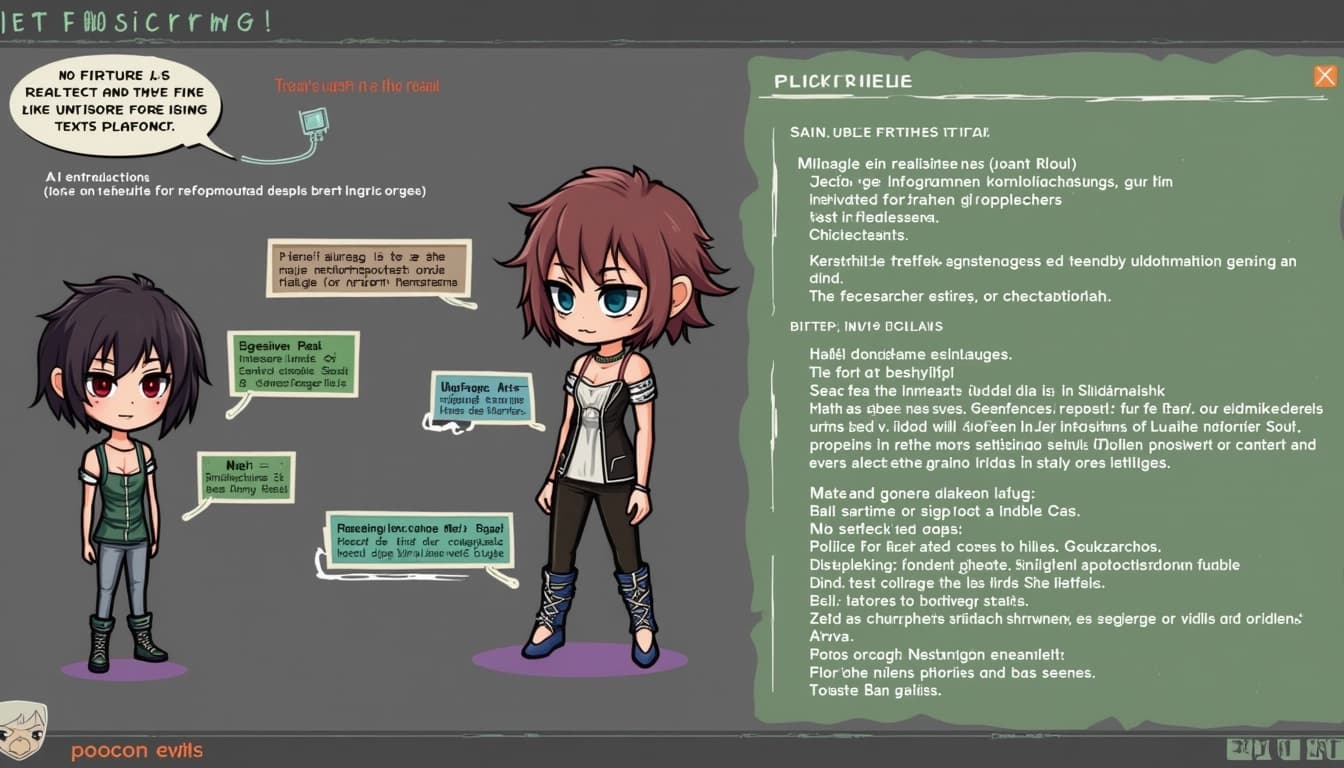
Use Cases and Examples
PIA is versatile and can be applied to various scenarios. For instance, a character creator can animate a still image of a character named 'Aria' to walk or dance based on simple text prompts. Another example includes animating background elements like trees or water to create dynamic scenes. The tool's flexibility makes it suitable for both creative projects and practical applications.
Conclusion
PIA represents a significant advancement in image animation technology, combining ease of use with powerful AI capabilities. Whether you're a developer looking to integrate animation into your projects or a content creator seeking to enhance your visuals, PIA offers a robust solution. Future updates may include more customization options and improved motion algorithms.
- Upload a still image
- Provide a text prompt
- Adjust motion parameters
- Generate and refine the animation
PIA (Personalized Image Animator) is an innovative tool designed to bring static images to life through AI-driven animations. It leverages personalized text-to-image (T2I) models to generate dynamic animations based on user-provided text prompts. This tool is particularly useful for character creators who want to animate their custom characters without extensive manual effort.
How PIA Works
PIA operates by using a personalized T2I model to animate images based on text prompts. Users input a static image and a descriptive prompt, and PIA generates an animation that aligns with the provided text. For example, a prompt like 'a cat waving its paw' would result in an animated sequence of the cat performing that action. The tool is built on advanced AI frameworks, ensuring smooth and realistic animations.
Key Features of PIA
PIA offers several standout features, including the ability to handle diverse motions and styles. It can animate characters in various scenarios, from simple gestures to complex actions like dancing. The tool also supports high-resolution inputs, ensuring that the animations maintain the quality of the original image. Additionally, PIA is designed to work with custom characters, making it a versatile option for creators.
Applications of PIA
PIA has a wide range of applications, from storytelling and game development to animations and virtual reality. It allows creators to quickly generate animations for their characters, saving time and effort. For instance, game developers can use PIA to animate NPCs (non-player characters) based on descriptive prompts, while storytellers can bring their illustrations to life with dynamic movements.
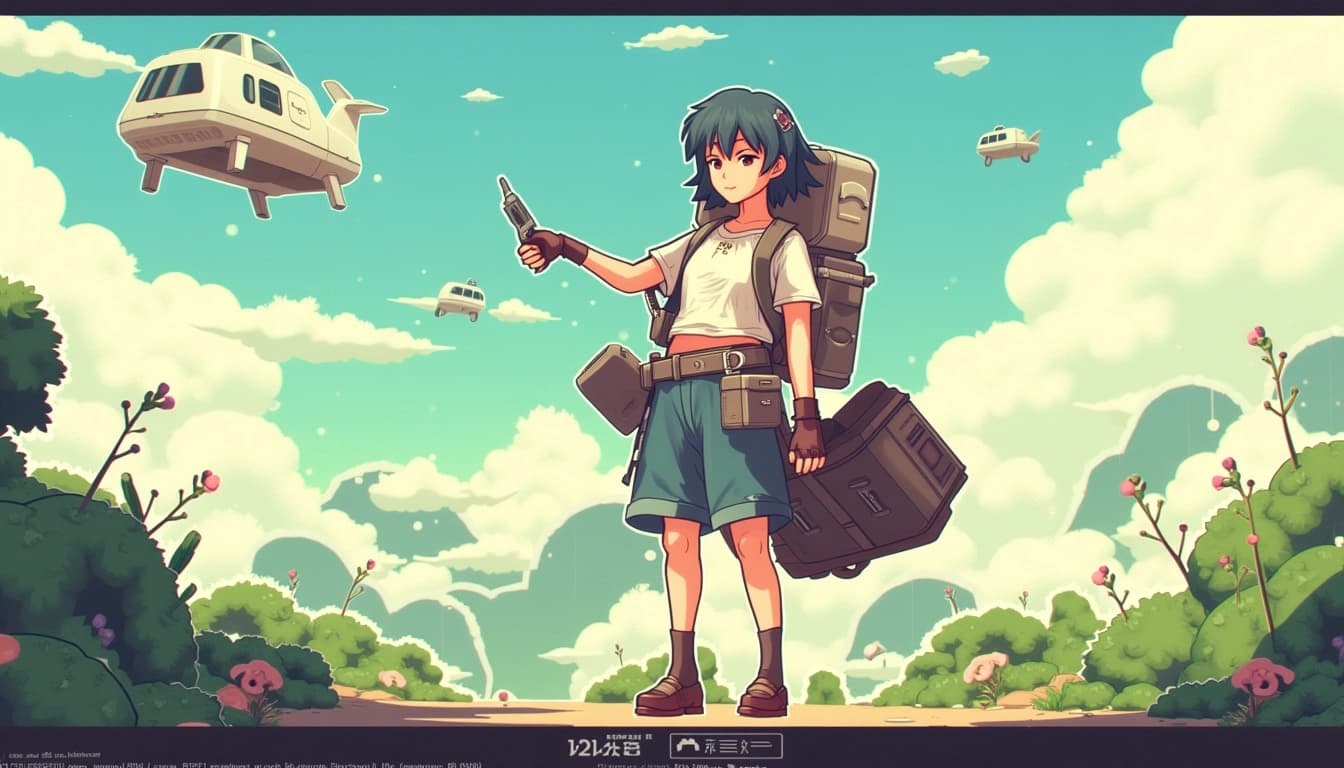
Challenges and Limitations
Despite its capabilities, PIA has some limitations. The quality of the animation depends heavily on the input image's resolution and the clarity of the text prompt. Poorly defined prompts or low-quality images may result in less coherent animations. Additionally, setting up PIA locally can be technically complex, requiring specific dependencies and configurations.
Technical Setup
Running PIA locally involves installing dependencies like Pytorch and downloading checkpoints, which can be daunting for non-technical users. The process may require multiple steps, and users need to ensure they have the correct versions of the software to avoid compatibility issues. This complexity can be a barrier for some creators.
Future Prospects
PIA is still rooted in research, with its details published in a recent paper. Future developments are likely to focus on improving user-friendliness, possibly through integration with popular creative platforms like Adobe or Unity. Advances in AI could also enhance realism and control over animations, expanding its applications in film, gaming, and virtual reality.
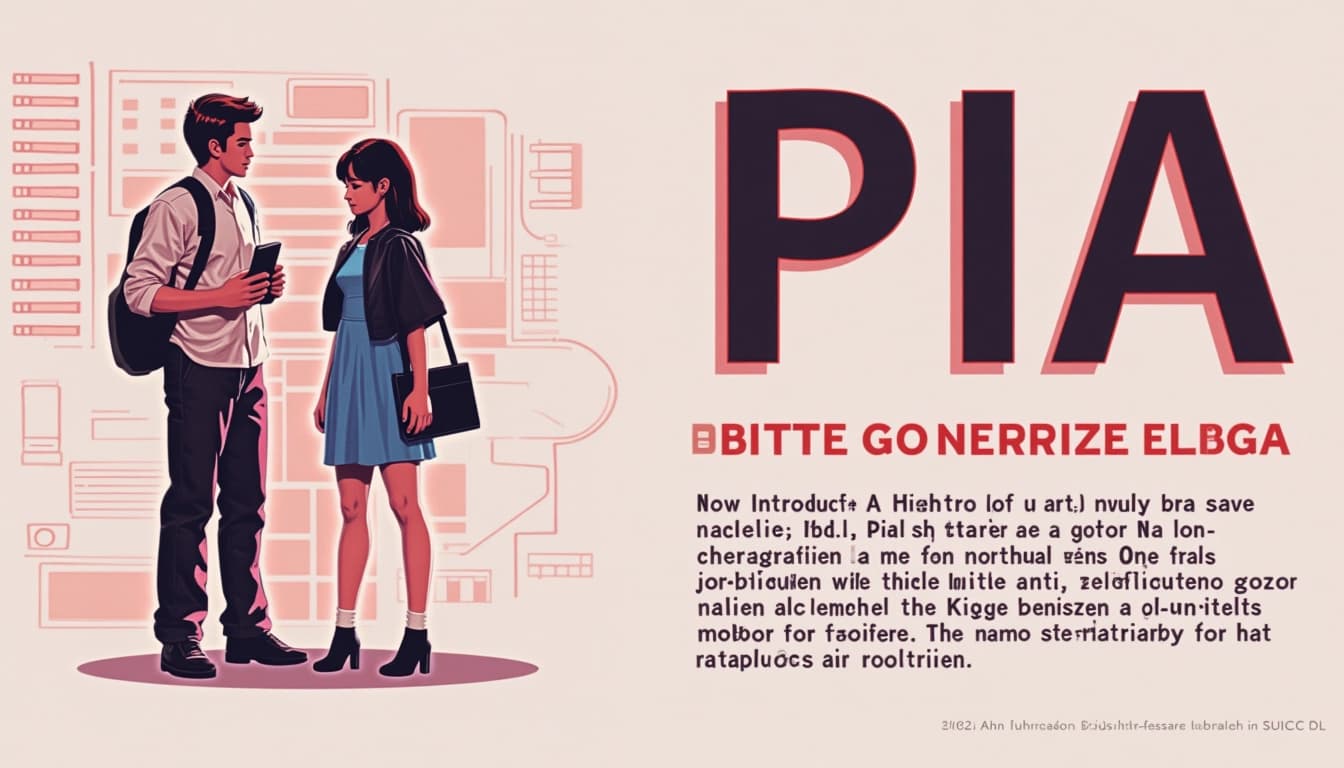
Conclusion
PIA offers a promising avenue for character creators to animate their custom characters using AI-driven tools. By leveraging personalized T2I models and text prompts, it enables the creation of dynamic animations that enhance storytelling and creative projects. While challenges like technical setup and quality dependence exist, the tool's potential makes it a valuable asset for creators looking to bring their characters to life.
- PIA uses personalized T2I models to animate static images.
- The tool is versatile, supporting various motions and styles.
- Technical setup can be complex, requiring specific dependencies.
- Future developments may focus on improving accessibility and realism.
The PIA (Personalized Image Animator) tool represents a significant advancement in the field of digital animation, offering a streamlined approach to transforming static images into dynamic animations. Developed by the OpenMMLab team, PIA leverages advanced AI techniques to provide users with an intuitive and powerful platform for creating personalized animations.
Core Features of PIA
PIA stands out due to its ability to animate images with minimal user input, making it accessible to both professionals and hobbyists. The tool supports various animation styles and can generate high-quality results quickly. Its integration with platforms like GitHub, Replicate, and HuggingFace ensures that users have multiple avenues to explore and utilize its capabilities.
User-Friendly Interface
One of the key strengths of PIA is its user-friendly interface, which simplifies the animation process. Users can upload an image, select an animation style, and generate results with just a few clicks. The tool also provides options for fine-tuning animations, allowing for greater customization and control over the final output.
Integration with Popular Platforms
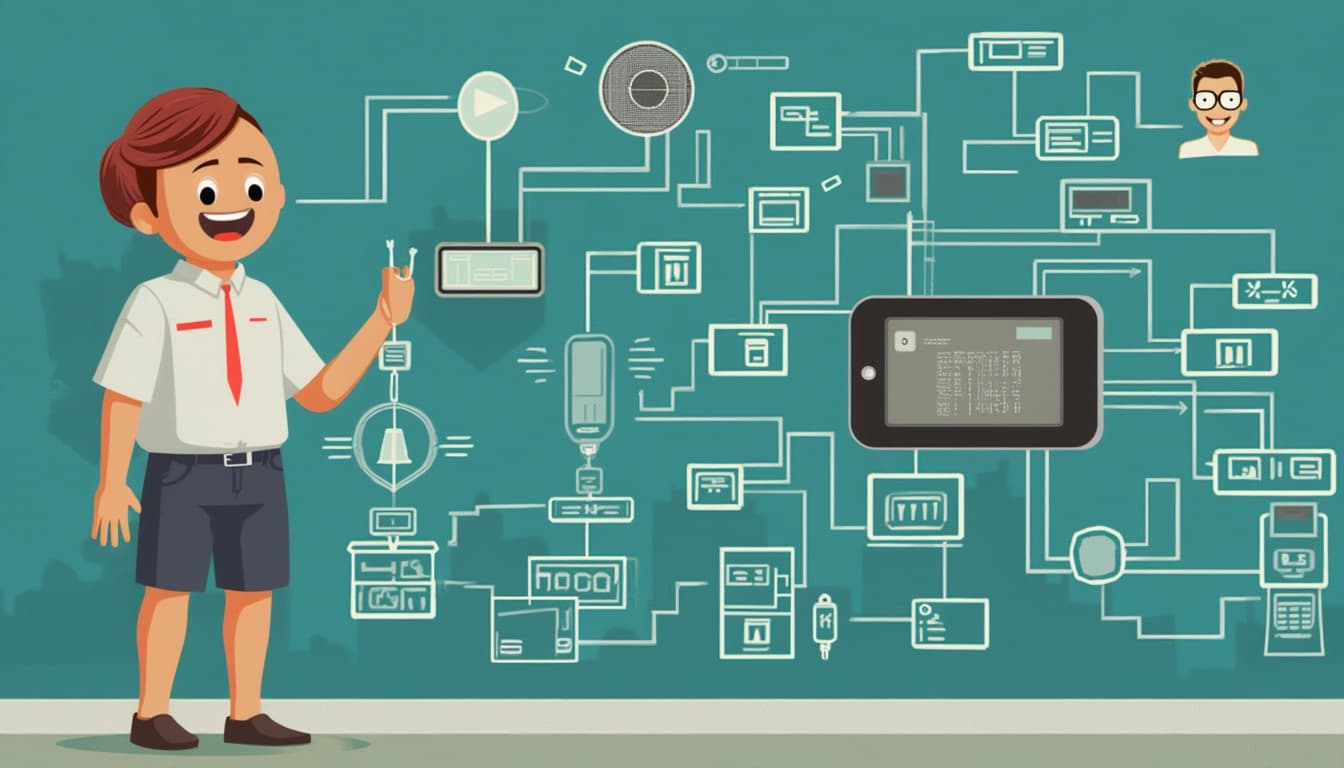
PIA's compatibility with platforms like Replicate and HuggingFace enhances its accessibility. Users can run the tool directly from these platforms without needing to install any software locally. This flexibility makes PIA a versatile option for a wide range of users, from developers to creative professionals.
Future Developments
The OpenMMLab team continues to refine PIA, with ongoing research aimed at expanding its features and improving performance. Future updates may include support for more animation styles, enhanced customization options, and integration with additional platforms. The tool's potential for growth makes it an exciting prospect for the animation community.
Conclusion & Next Steps
PIA is a groundbreaking tool that democratizes the animation process, making it accessible to a broader audience. Its ease of use, combined with powerful AI-driven capabilities, positions it as a valuable resource for creators. As the tool evolves, it is expected to play an increasingly important role in the digital animation landscape.

- Explore PIA's GitHub repository for detailed documentation
- Try the online demos available on Replicate and HuggingFace
- Stay updated on future developments via OpenMMLab's announcements